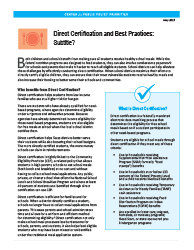
The Impact of Food Insecurity on Texas Military Families
Twitter Facebook Linkedin Recent findings from the U.S. Department of Agriculture (USDA) together with data from the Military Family Advisory Network (MFAN) highlight how food insecurity negatively impacts the well-being





